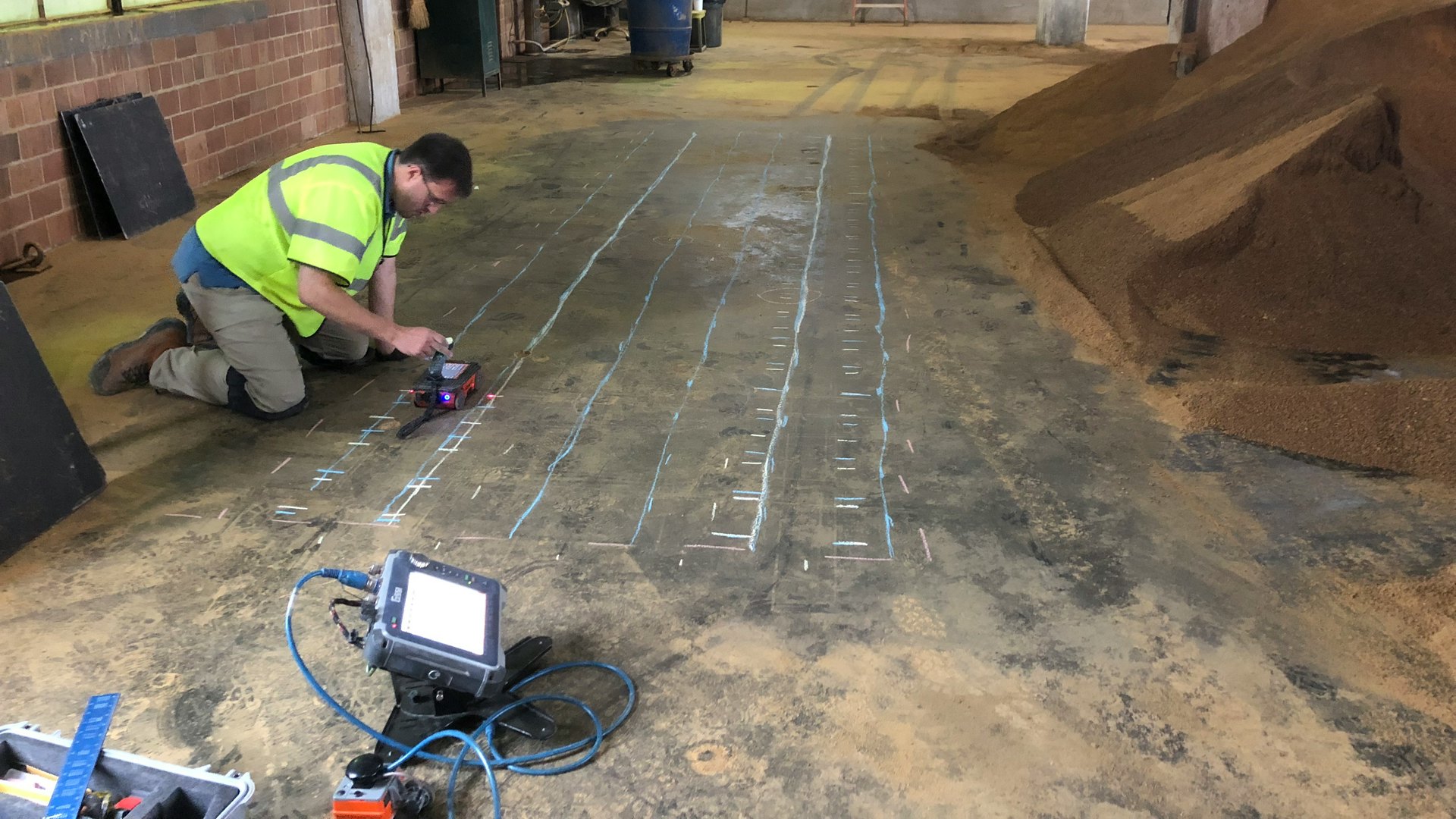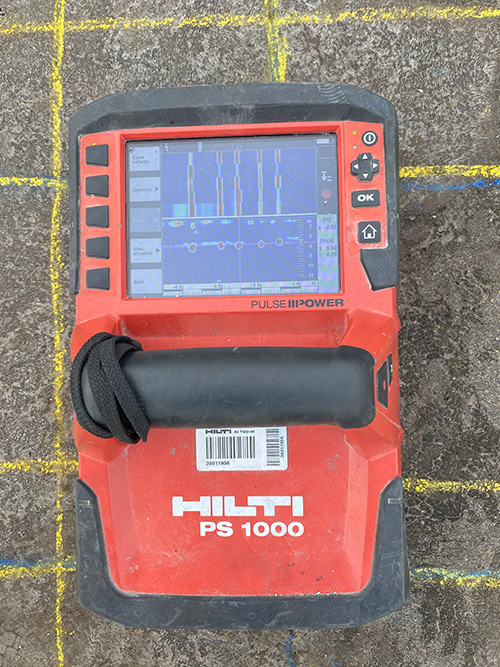Efficient Concrete Scanning Approaches for Construction Tasks
Efficient Concrete Scanning Approaches for Construction Tasks
Blog Article
Introduce the Transformative Power of Concrete Scanning in Taking Full Advantage Of Performance and Safety
Concrete scanning has arised as an important device in the building market, supplying unrivaled benefits in improving job effectiveness and ensuring safety and security standards. The transformative power of concrete scanning exists in its ability to provide thorough insights and real-time data, transforming exactly how projects are intended and implemented.
Value of Concrete Scanning
Ensuring the architectural honesty and safety of building and construction tasks begins with the crucial action of performing comprehensive concrete scanning. Concrete scanning is a non-destructive technique made use of to find and map subsurface components within concrete structures.
The relevance of concrete scanning can not be overstated, as it plays a crucial duty in protecting against accidents, lessening task delays, and making sure the long-term resilience of the construction. By identifying potential hazards prior to the building and construction stage starts, contractors can execute suitable safety procedures and make notified decisions regarding the layout and execution of the task. Additionally, concrete scanning aids in maximizing job timelines and budget by preventing unforeseen prices and delays that might arise because of unpredicted obstructions within the concrete. Inevitably, investing in complete concrete scanning is a positive method that boosts both efficiency and safety in building and construction jobs.
How Concrete Scanning Works
Concrete scanning runs as a critical device in building projects by using innovative innovations to find and map subsurface elements without creating architectural damages. Ground Permeating Radar (GPR) and Electromagnetic Induction (EMI) are two key techniques used in concrete scanning.
Throughout the scanning process, the data collected is assessed in real-time, enabling prompt identification of possible hazards or obstacles below the surface area. This info help in decision-making, ensuring that construction activities proceed securely and successfully. Additionally, 3D imaging software can be used to create thorough maps of the subsurface components, even more boosting project planning and implementation. By utilizing these advanced modern technologies, concrete scanning significantly decreases the danger of costly problems and injuries on construction websites.
Advantages of Concrete Scanning
Using innovative scanning innovations in construction tasks offers a plethora of benefits, boosting both effectiveness and safety on-site. Among the primary advantages of concrete scanning is the ability to discover and situate ingrained items such as rebar, post-tension cable televisions, and avenues accurately. By identifying these elements before exploration or reducing right into concrete frameworks, the danger of unintentional strikes is considerably lowered, protecting against possible injuries to workers and damages to the structure itself. Concrete scanning assists in preparation and developing extra successfully, as it supplies accurate details concerning the area and deepness of structural parts.

Study: Concrete Scanning Success

In another instance, a building business utilized 3D concrete scanning to evaluate the condition of maturing concrete frameworks this in a historical structure. The in-depth scans provided beneficial insights into the extent of degeneration and assisted prioritize upkeep efforts properly. By proactively attending to locations of issue identified via scanning, the firm had the ability to extend the lifespan of the framework and guarantee resident security.
These study emphasize the transformative power of concrete scanning in boosting effectiveness, precision, and safety and security in construction projects.
Carrying Out Concrete Scanning in Projects
Applying advanced scanning modern technologies throughout construction projects has actually become progressively necessary for improving precision and safety. By incorporating concrete scanning right into project planning and implementation, building and construction groups can recognize prospective risks, such as rebar or post-tension cables, concealed within concrete frameworks. This positive strategy lessens the threat of accidents, hold-ups, and costly rework, ultimately causing a lot more efficient project timelines and budgets.
To apply concrete scanning effectively, task supervisors must collaborate carefully with knowledgeable scanning experts to determine one of the most suitable scanning strategies for the details job demands. Involving scanning specialists from the onset of a project enables the group to produce thorough scanning strategies that resolve essential locations of concern and make sure detailed information collection.
In addition, incorporating concrete scanning right into regular job operations can enhance decision-making processes, as real-time scan data provides immediate understandings right into the problem of concrete frameworks - Concrete Scanning. This data-driven approach promotes educated analytic and makes it possible for groups to make modifications immediately, cultivating a culture of effectiveness and safety and security throughout the project lifecycle

Verdict
In final thought, concrete scanning plays an essential duty in enhancing effectiveness and security in construction jobs. By making use of advanced innovation to map and detect out underlying frameworks within concrete, this process assists to prevent expensive blunders, make certain structural integrity, and reduce threats on website. With the ability to uncover covert elements and provide exact information, concrete scanning confirms to be a useful tool for optimizing job results and taking full advantage of general success.
Concrete scanning is a non-destructive approach used to spot and map subsurface elements within concrete frameworks. Furthermore, concrete scanning helps in maximizing job timelines and spending plan by staying Resources clear of unexpected expenses and hold-ups that may develop due to unanticipated obstructions within the concrete. One significant instance study includes a large improvement task where concrete scanning played an important role in guaranteeing project success.In another case, a construction business utilized 3D concrete scanning to assess the problem of maturing concrete frameworks in a historic structure. By incorporating concrete scanning into project preparation and implementation, building groups can determine possible hazards, such as rebar or post-tension cable televisions, concealed within concrete structures.
Report this page